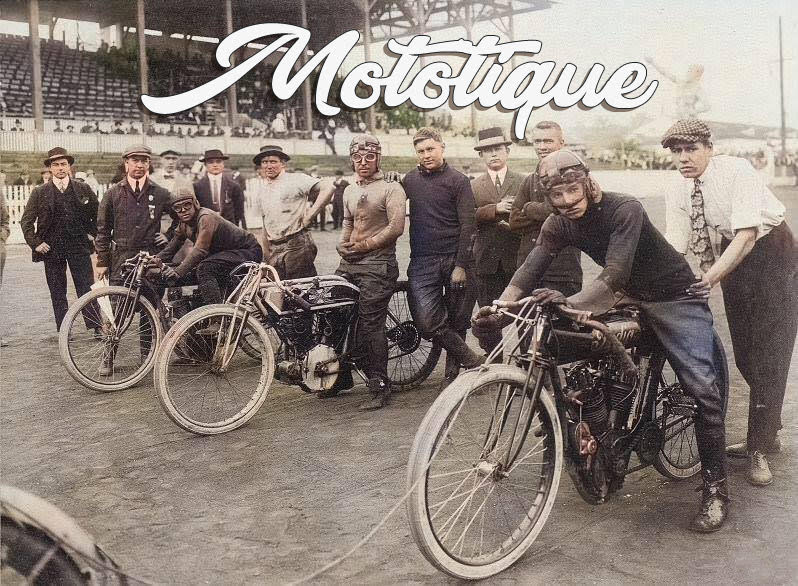September 12, 2012
Updated - February 22, 2017
By: David L. Morrill
@ Deadly Dave's Blog
Sylacauga, Alabama |
| San Francisco, CA. Chronicle - May 11, 1921 |
 |
| San Francisco, CA. Chronicle - December 4, 1921 |
 |
| Beverly Hills Speedway |
In 1919, Jack Prince and Art Pillsbury constructed a mile and a quarter board track at Beverly Hills, California. The track was highly successful and was the first of several board tracks Prince and Pillsbury would build together.
 |
| Oakland, CA. Tribune - November 21, 1921 |
In early 1921, Prince and Pillsbury broke ground on a new board track located in San Carlos, California. The new track was built on 140 acres north of Brittan Avenue, between Old Country and Industrial roads. It was similar in design to the earlier Beverly Hills track.
 |
| Greater San Francisco Speedway - San Carlos, CA. 1921 San Carlos Aviation association Collection |
 |
| Aviation Field Hanger on the Speedway curve. San Carlos Aviation Association Collection |
The track opened with an automobile race on December 11, 1921. The race, which had a $25,000 purse, drew 40,000 spectators. Two additional auto races were held at the facility during early 1922, each drawing large crowds.
Greater San Francisco Speedway Pits - 1921
The 1921 National Championship Motorcycle Racing season ended with the announcement Harley-Davidson was closing down it's highly successful factory racing team. This left their team riders, Ralph Hepburn and Jim Davis, without a ride for the 1922 season. Harley-Davidson's chief rival, Indian quickly hired Hepburn and Davis for the upcoming season.
 |
| San Francisco Chronicle - June 14, 1922 |
The championship motorcycle races came to San Carlos on May 14, 1922. Ralph Hepburn was already having a successful season on his Indian Power Plus Daytona racer, and that did not change at San Carlos.
He dominated the days races, winning two, and finishing third in another. Hepburn set a blistering pace of over 100 miles per hour, to win the 50 Mile Championship Race. He also picked up the Barney Oldfield Diamond Medal for his win.
Hepburn's Indian teammate, Jim Davis won the 25-mile race. Ray Weishaar won the 10-mile race on his Harley-Davidson. The motorcycle races drew a crowd of 6000 spectators.
He dominated the days races, winning two, and finishing third in another. Hepburn set a blistering pace of over 100 miles per hour, to win the 50 Mile Championship Race. He also picked up the Barney Oldfield Diamond Medal for his win.
 |
| San Francisco Chronicle - May 15, 1922 |
 |
| Ralph Hepburn - 1922 |
 |
| Motorcycle & Bicycle Illustrated - May 25, 1922 |
The motorcycle races were followed by another successful automobile race held at the Speedway on June 14th.
In the early morning hours of June 19, 1922, smoke and flame were observed coming from the Speedway grandstand area.
| San Francisco Chronicle - June 20, 1922 |
Fire departments from San Carlos, and several surrounding cities, responded to battle the fire. The fire spread quickly on the oil-soaked wooden track destroying the grandstand, and much of the track.
Jack Prince estimated the damage of $250,000. Insurance for these tracks was not available at the time, which placed the entire loss and the financial burden of rebuilding on the track owners.
 |
| Greater San Francisco Speedway Fire Damage - June 19, 1922 San Carlos Aviation Association Collection |
 |
| Los Angeles, CA. Times - June 20, 1922 |
Much has been written about the demise of the board tracks. Some speculate it was the inherent danger of death, and or serious injury, to both competitors and spectators. Many riders did not survive their racing careers, and numerous spectators were also killed during this period. Some towns even banned this type of racing. Others speculate the high costs of construction and maintenance made them unprofitable.
 |
| Oakland, CA. Tribune - July 2, 1922 |
The sudden demise of the Greater San Francisco Speedway appears to have been caused by several factors. The track had been open for a short period of time and hosted only five events. The high cost of the initial construction had not been recouped, and the extensive fire damage would require a total rebuilding of the track. Without insurance to pay for reconstruction, the decision was made to cut their losses, and not rebuild the track. The six-month competition history of the Speedway is probably the shortest of the early board tracks. The Speedway site was incorporated into the Aviation Field, which later became the San Carlos Airport. Automobile and motorcycle racing did not return to San Carlos until Belmont Speedway opened at another location in 1947.
Epilogue:
The May 1922 motorcycle race winner Ralph Hepburn had a successful career as an Indian factory rider. After his retirement from motorcycle racing, he switched to automobile racing. He was killed in a qualifying crash for the 1948 Indianapolis 500.
 |
| Ralph Hepburn - Indy 1946 |
 |
| Forest Lawn Memorial Park - Glendale, CA. A. J. Marik Collection |
Sources:
A. J. Marik Collection
American Racer 1900-1940
By Stephen Wright
Images of America San Carlos
By Nicholas and Betty Veronico
Los Angeles, CA. Times
Oakland, CA. Tribune
Pioneers of American Motorcycle Racing
By Daniel K. Statnekov
San Carlos Aviation Association Collection
San Carlos, CA.
San Francisco Chronicle
San Francisco, CA.


.jpg)
